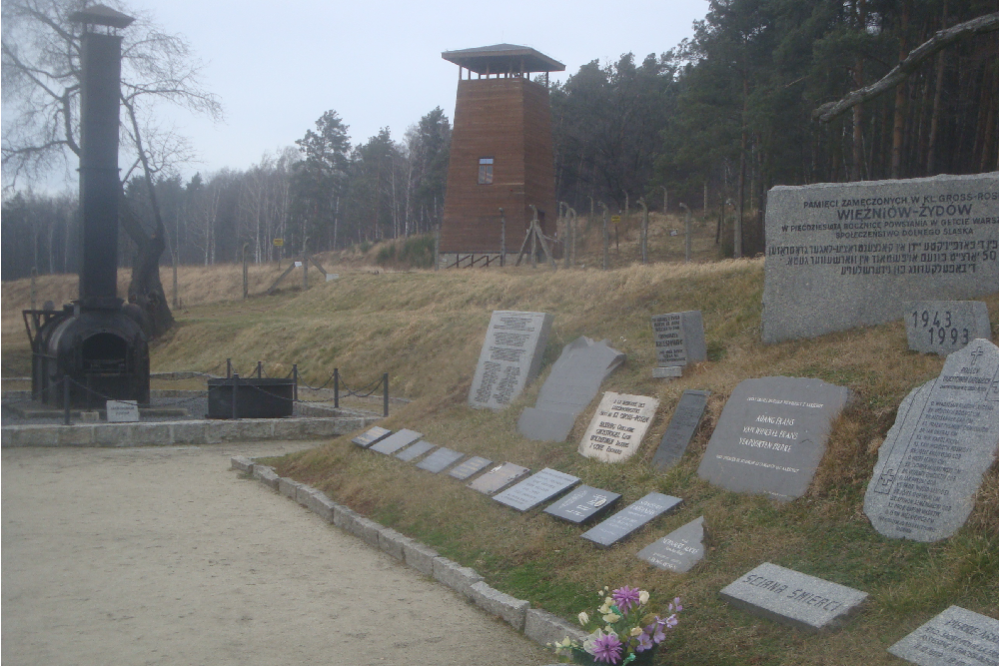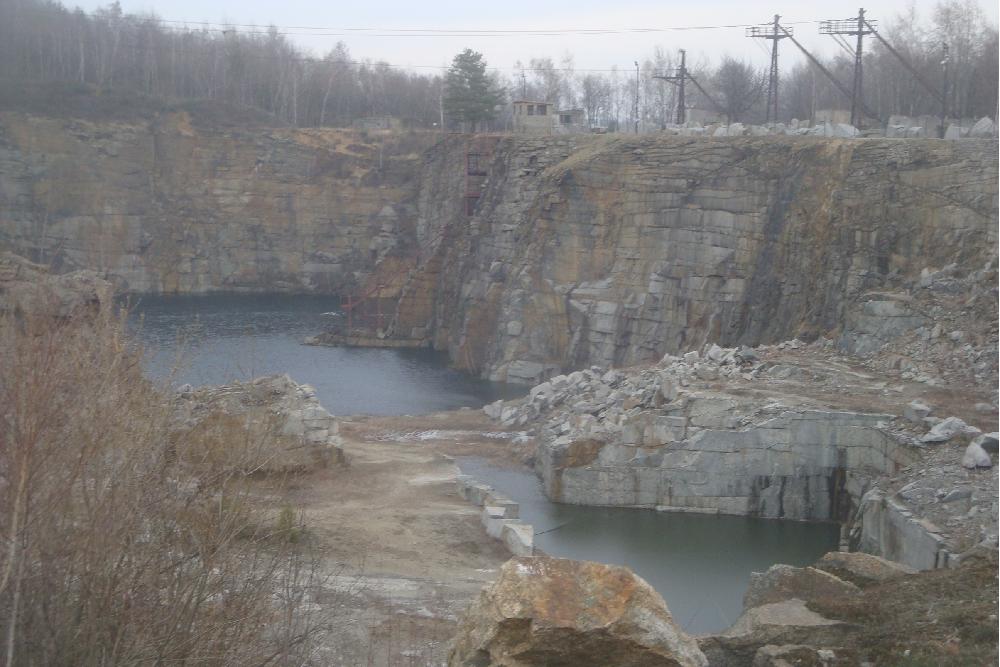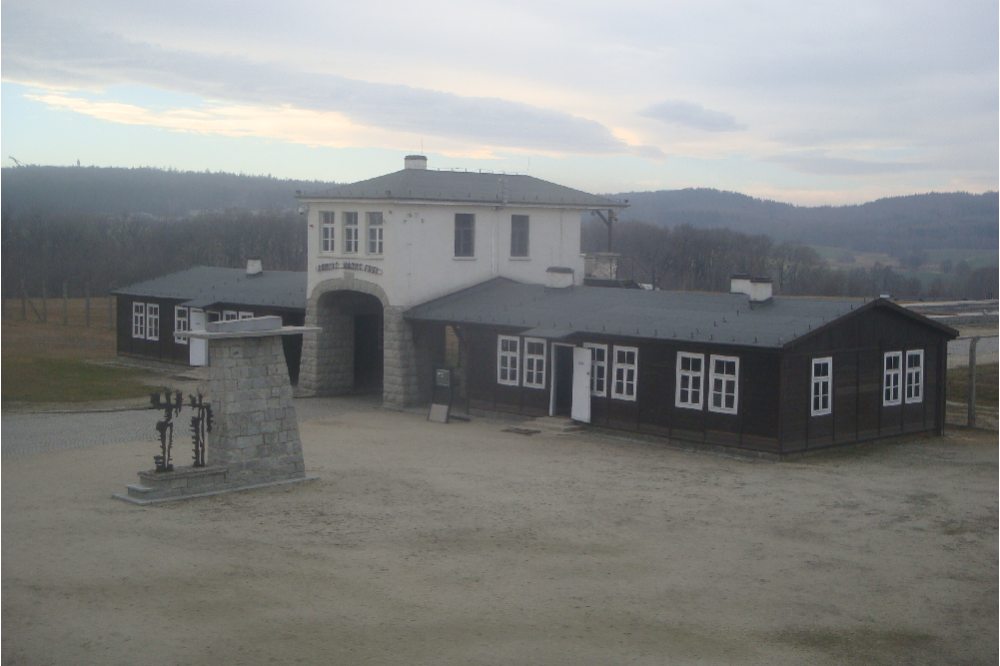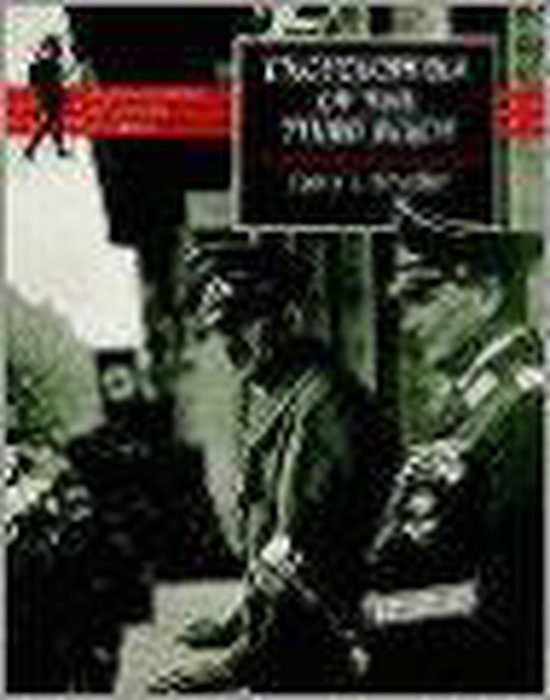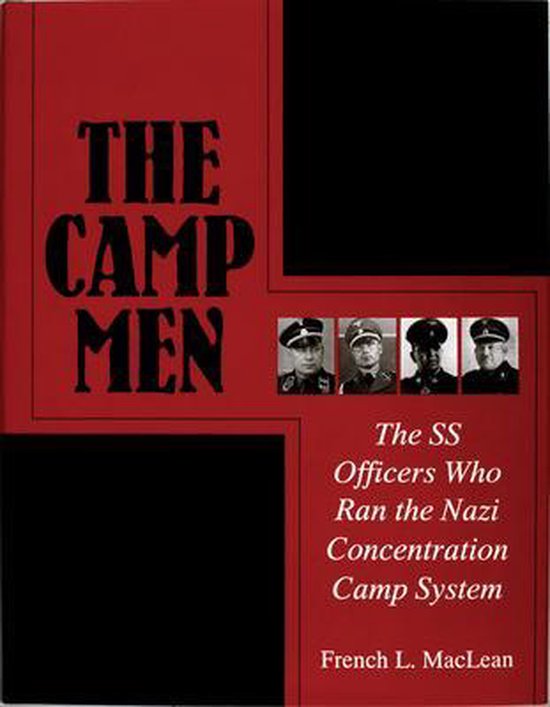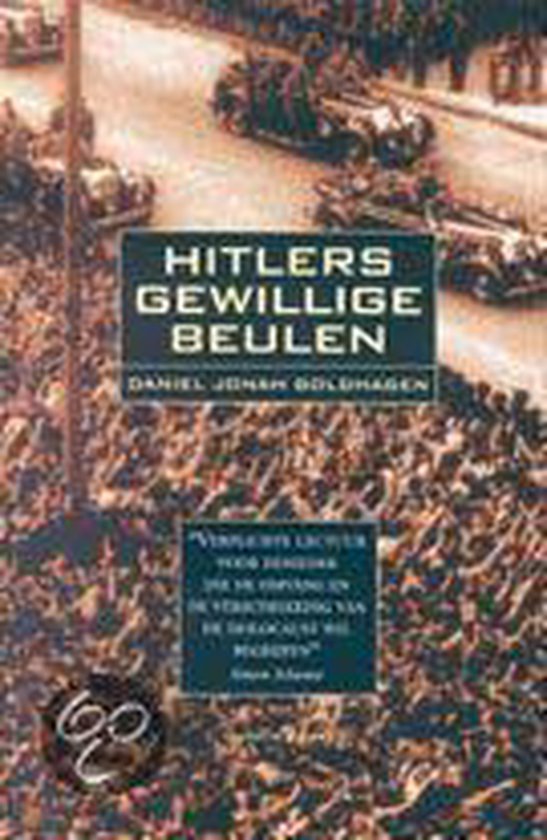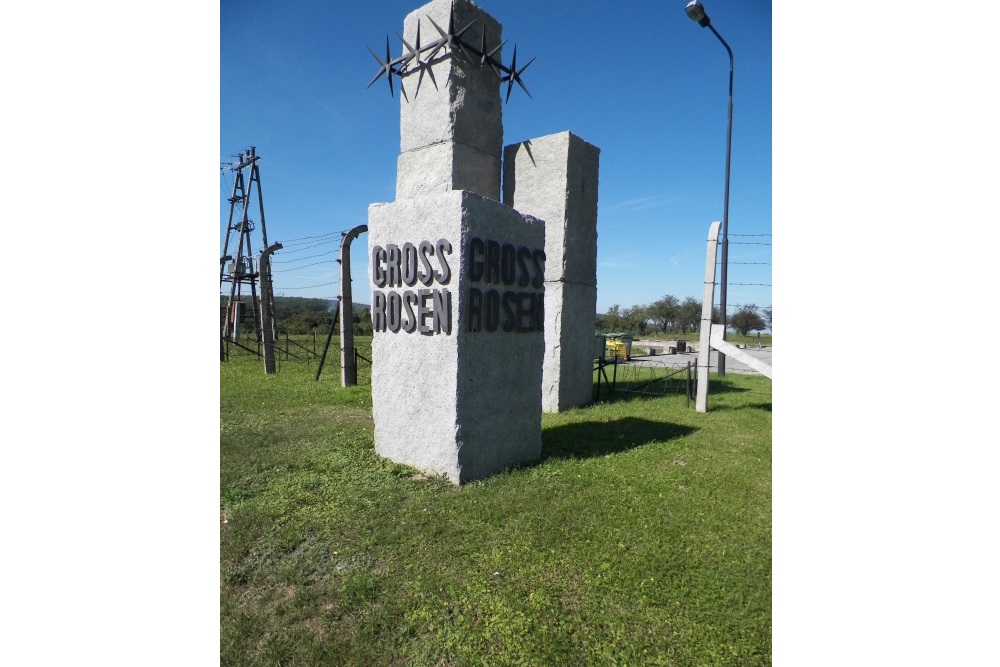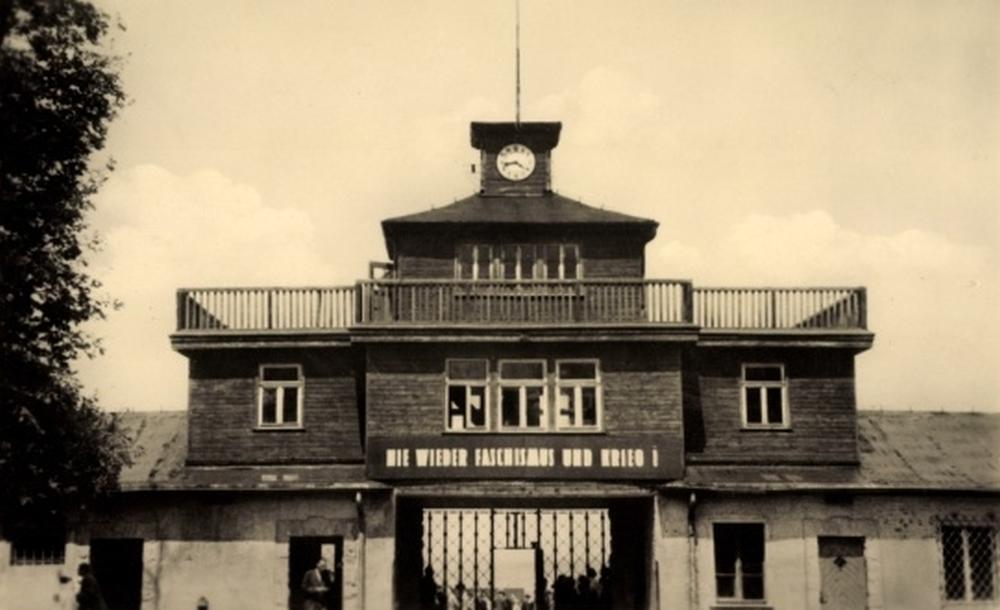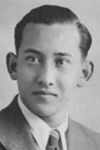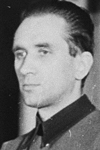Concentrationcamp Gross-Rosen
Introduction:
Before the end of the Second World War, Wroclaw was the German Breslau. After the Potsdam conference, it was decided to shift the western border so that the city would end up in Poland. About 50 km south of the city is the former concentration camp Gross Rosen in Rogoznica.
History:
Albert Speer would choose his new concentration camp in 1940 near the quarry in Lower Silesia. Ironically, the camp was affectionately referred to as Gross Rosen. The granite would be used for the construction of the new capital of the Greater German Reich Germania. On August 2, the camp GroB Rosen was opened, then still a subcamp of "Sachsenhausen". During the first two years mainly Jews were stationed in the camp, in 1942 it became a Nacht-und-Nebel camp. The camp had no gas chambers, but it did have a small crematorium.
Political prisoners were sent here without anyone knowing they were here. Those who were too weak to work, but threatened to survive too long, were taken to Camp Dachau on so-called Invalid Transports, where the prisoners caused great bewilderment by their appearance both among prisoners and SS guards.
1944:
At the end of the war, prisoners from other evacuated camps, such as Jews from Auschwitz, arrived in Gross-Rosen. Despite the short stay, this was for many the most dramatic period of their imprisonment. The quarry was the hardest to work - often the slave lived no longer than an average of five weeks.
German strategy gradually changed during the war as the Nazis realized that it was all going to take longer and they needed the prisoners as forced laborers in the war industry. In the second half of 1944, workshops for the company Siemens und Halske from Berlin appeared in the camp.
Liberation:
The camp eventually consisted of about sixty subcamps, spread across Lower Silesia in what was then eastern Germany and the nearby Sudetenland. In total, almost 125,000 people were held captive in Gross-Rosen. Due to the hard physical labor in the quarry and the poor treatment in terms of food and health care, 40,000 of them died before the Red Army liberated the concentration camp on February 14, 1945.
Today:
You can visit the former camp. The impressive entrance gate is still there as a reminder. In the former canteen area, a film of approximately 30 minutes is shown about the history of the former camp of Gross-Rosen. There is also an interesting exhibition here. There is a reconstructed barrack, a watchtower and you can still get an impression of the bathing areas, the kitchen and the actual camp through the concrete foundations and barbed wire fence. A little further on is the quarry filled with water where you can take a look.
Do you have more information about this location? Inform us!
Source
- Text: Cheapskatetravel.nl
- Photos: Kenneth van Cauter (1, 2, 3, 4, 5), Cheapskatetravel.nl (6, 7, 8)
Related books
Nearby
Museum
Point of interest
- Bench of Death KZ Gross-Rosen - Rogoźnica
- Oven Crematorum KZ Gross-Rosen - Rogoźnica
- Quarry KZ Gross-Rossen - Rogoźnica
Monument
- Wall of Death KZ Gross-Rosen - Rogoźnica
- Memorial 50th Anniversary KZ Gross-Rosen - Rogoźnica
- Memorial KZ Gross-Rosen - Rogoźnica

